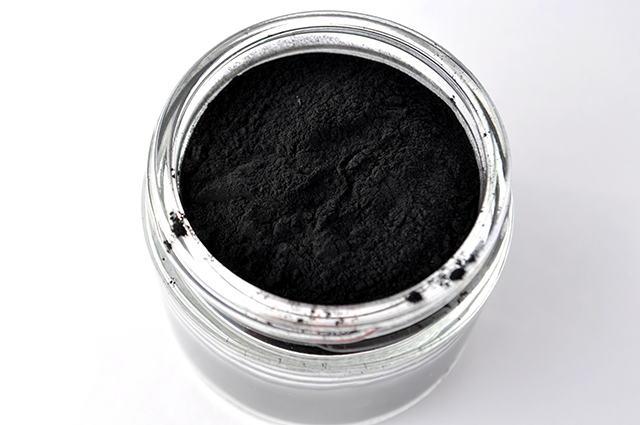Choose trick over treat this Halloween: Thousands of candy brands found to contain lead, according to new study
10/30/2017 / By Janine Acero

A new study reveals that 42 percent of food contamination warnings in California is linked to high levels of lead in candy since the state passed a law on testing and monitoring the food item in 2006.
Thousands of candy brands have been reported to contain lead – mostly imported ones from Mexico, China, and India – than for any other contamination. As many as 10,000 children are poisoned by lead in California each year, according to a study by the University of California, San Francisco (UCSF).
Lead study author Dr Margaret Handley urges consumers and policy-makers alike to make sure that children don’t receive or eat lead-contaminated candies during trick-or-treat this Halloween. The National Retail Federation predicted that a record-breaking $9.1 billion would have been spent on candies this Halloween; majority of which would have been imported to California from Mexico (34 percent), China (24 percent) and India (20 percent).
The UCSF study reports that candy made up the majority of lead warnings issued for imported food products – a total of 96.3 percent between 2001 and 2014. Lead poisoning is also estimated to have affected more than one million American children during the study period.
The findings also suggest that lead contamination was probably under-reported prior to the testing program in 2007. One report, published back in 2002, claimed that about 15 percent of the 1,000 cases of lead poisoning in California were linked to candy imported from Mexico. The report led to legislation passed in 2006 and the Food and Drug Branch (FDB) of the California Department of Public Health to oversee candy testing and warnings, which includes releasing annual lists of tested candies. As of September 13, none of the candies tested this year contained more than .005 parts per million (ppm), the permissible level in California.
The FDB site also includes a list of candies that have been banned for contamination, mostly imported ones from Mexico, India, and Japan. There was also a recall for the popular Red Vines licorice candies in 2012, though it was again allowed to be sold the next year. The list however, appears to only be updated to 2013.
“As more lead sources are identified we must develop prevention approaches for all of them, and not just replace one prevention approach with another,” Dr Handley said in a press release.
“If there is anything we have learned from the lead poisoning disaster in Flint, Michigan, it is not to oversimplify or cut corners when it comes to identifying and removing sources of lead poisoning,” she added, recalling the Flint, Michigan water crisis, where cost-cutting measures led to tainted drinking water that contained lead. (Related: Pharma company cashed in on Flint water crisis, raised lead poisoning drug prices 2,700 percent.)
Lead contamination is a serious health problem that can cause brain and nervous system damage, as well as hearing and speech problems. It can also affect the development, learning, and behavior of growing children. Symptoms such as nausea, vomiting, upset stomach and hyperactivity usually follow lead poisoning. These symptoms however, are so similar to those exhibited by a child who only had too much candy, that they are often overlooked and not diagnosed.
The CDC, or the Centers for Disease Control and Prevention, warned that lead has been detected in candy wrappers, particularly those for imported candies. These sweet treats are prone to lead contamination when their ingredients were not processed and prepared properly, or the ink used on the candy wrappers contains lead that seeps into the candies themselves.
Sources include:
Tagged Under: candies, candy, Flint water crisis, Halloween, holiday, lead poisoning, poison, toxic chemicals, toxic ingredients




















